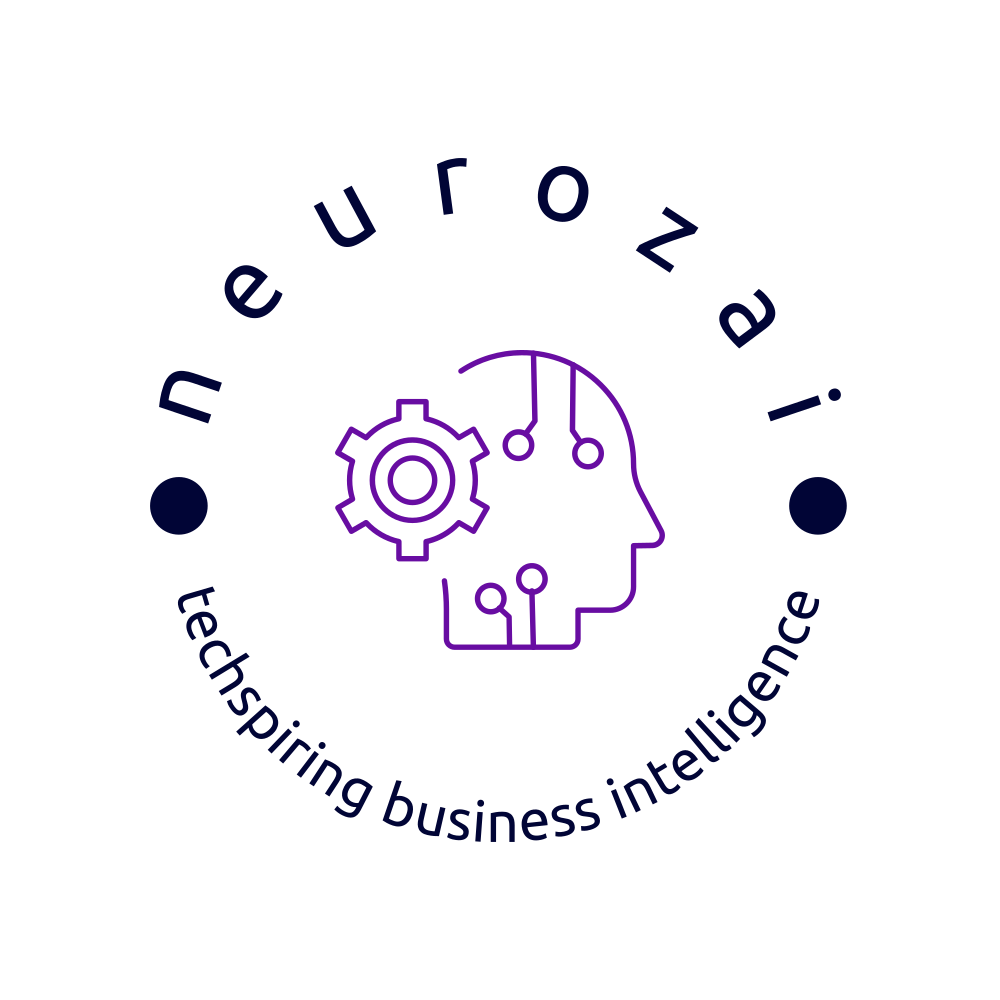Use Case: Geospatial Satellite Imagery Solutions for Sustainable Development and Logistics
Industries: Environmental Management, Energy, Transportation
Scenario: Organizations in environmental management, renewable energy, and transportation sectors face challenges in optimizing resource allocation, infrastructure placement, and route management to maximize efficiency and sustainability. These sectors require precise, data-driven decision-making tools to effectively plan, monitor, and manage their operations.
Solution: Implement a comprehensive geospatial satellite imagery solution that leverages high-resolution satellite data to provide detailed insights into various geographical and environmental factors. This integrated solution supports a wide range of applications from water resource management and EV infrastructure development to renewable energy site optimization and transportation logistics.
Implementation Steps for Geospatial Satellite Imagery:
-
Data Acquisition and Integration:
Collect high-resolution satellite imagery and integrate it with existing geographic information systems (GIS) and environmental data sources.
-
Field Mapping and Analysis for Water Management:
Utilize satellite data to perform detailed field mapping, assess water resources, and analyze water flow dynamics to support effective water management strategies.
-
EV Infrastructure Planning:
Analyze geographic and demographic data to identify optimal locations for EV charging stations and grids. Incorporate factors such as population density, vehicle traffic patterns, and proximity to renewable energy sources for site selection.
-
Renewable Energy Site Optimization:
Use satellite imagery to evaluate potential sites for renewable energy projects such as solar farms and wind turbines. Consider environmental impact, access to natural resources, and grid connectivity for comprehensive site selection and grid optimization.
-
Transportation Logistics Optimization:
Apply geospatial data to optimize transportation routes by analyzing traffic patterns, road conditions, and geofencing to enhance fleet efficiency and reduce carbon emissions.
Benefits of NeurOCR
Enhanced Environmental and Resource Management:
Provides authorities and businesses with the tools to manage water resources and environmental impacts more effectively.
Strategic Infrastructure Development:
Enables precise planning and placement of EV infrastructure and renewable energy sites, aligning with sustainability goals.
Increased Logistics Efficiency
Optimizes transportation routes and operations, leading to reduced fuel consumption and improved fleet management.
Data-Driven Decision Making:
Offers comprehensive insights and predictive analytics to support strategic planning and operational adjustments.
Impact of Geospatial Satellite Imagery:
The deployment of geospatial satellite imagery solutions revolutionizes the way sectors manage their resources and infrastructure. By providing precise and actionable insights, these tools facilitate more informed decision-making, enhance sustainability practices, improve operational efficiencies, and contribute to the overall resilience and competitiveness of businesses and communities.

